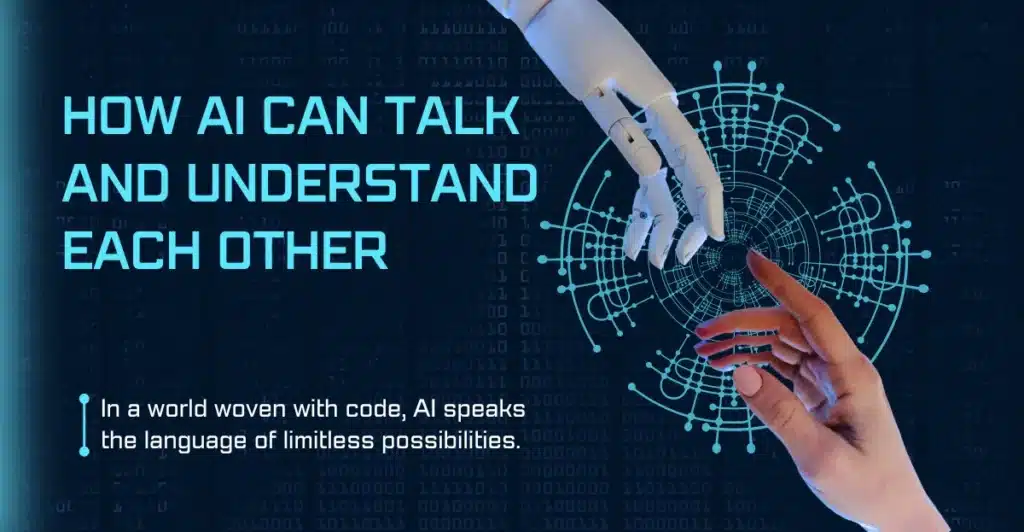Artificial Intelligence (AI) is like a super-smart computer that can do tasks usually requiring human intelligence, such as recognizing voices, understanding languages, and making decisions. But have you ever wondered how AI can talk and understand each other? Let’s dive into this fascinating topic in a way that’s easy to grasp.
The Basics of AI Communication
AI systems communicate by exchanging data and instructions through networks, much like how smartphones send and receive messages. However, for AIs to understand each other and work together, they must speak a common language or follow a set of rules known as protocols.
Speaking a Common Language
Just like humans use languages such as English or Spanish to communicate, AI systems use programming languages and formats to exchange information. When two AI systems are designed to understand the same language, they can easily share data, making their conversation smooth.
Following Rules and Protocols
Protocols are like the grammar rules of a language. They provide a structured format for communication, ensuring that messages are sent, received, and understood correctly. In the world of AI, protocols are crucial because they dictate how data should be formatted and exchanged.
How AI Understands Each Other
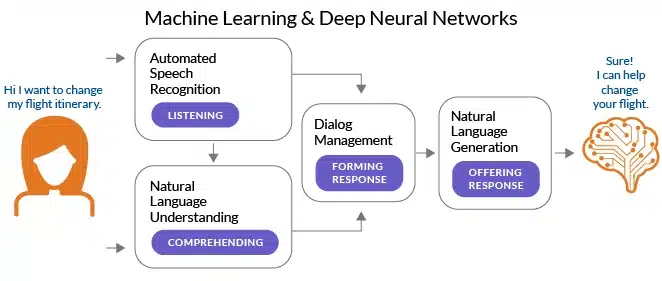
For AI to understand each other, they use a process known as parsing, which involves breaking down the received messages into understandable parts. This is similar to how we might break down a complex sentence to understand its meaning. Once the AI has parsed a message, it can then act on the information or respond accordingly.
Examples of AI Communication
Smart Home Devices
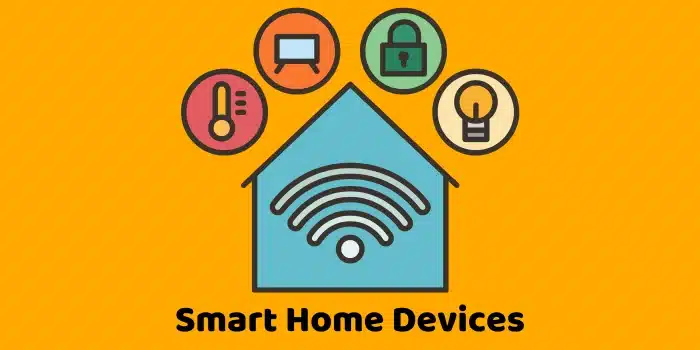
Imagine you have a smart speaker and smart lights at home. You can ask the speaker to turn on the lights, and it sends a message to the lights. Here, the speaker and lights are AI systems communicating through a common language and protocols over your home’s Wi-Fi network.
Self-Driving Cars
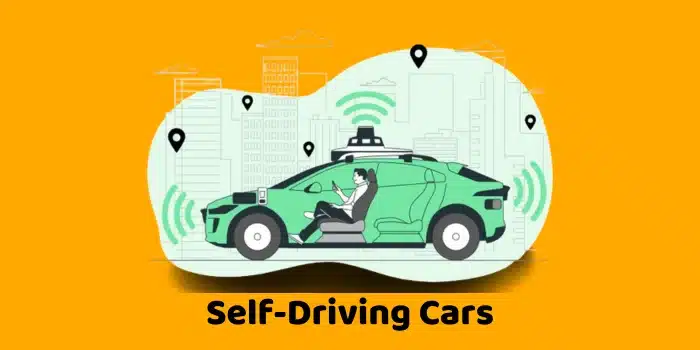
Self-driving cars use AI to communicate with each other and with traffic management systems. This communication helps them decide on speed, direction, and when to stop or yield, ensuring road safety and efficiency.
Also Read This: The 11-Minute Secret to AI Habits? Finally, Get More Done with Less Effort.
Challenges in AI Communication
While AI communication sounds straightforward, it comes with challenges. Different AI systems might use different languages and protocols, making it hard for them to understand each other. Overcoming these challenges often involves creating universal standards or using translators that can convert messages from one format to another.
The Future of AI Communication
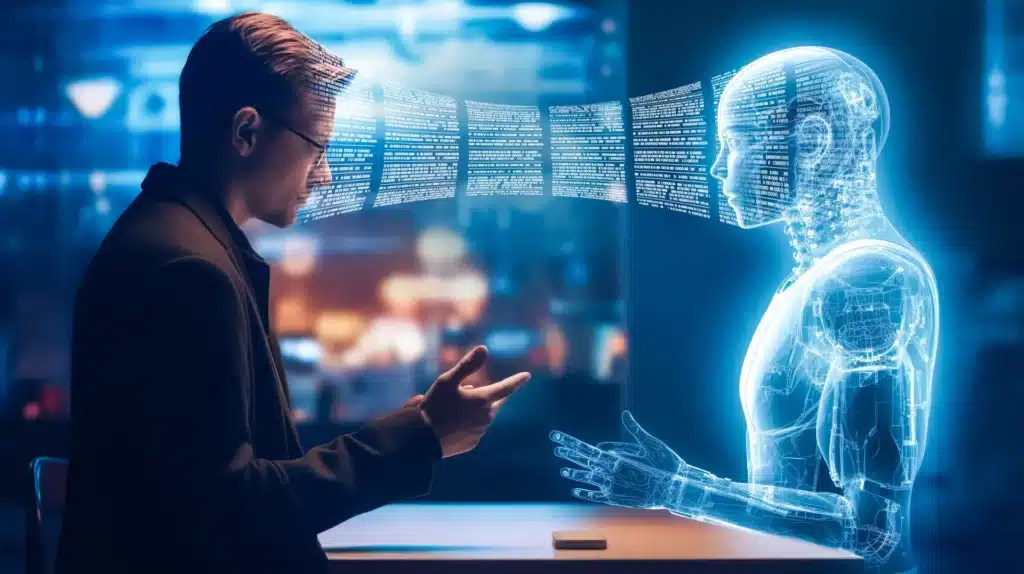
As AI technology advances, we can expect AI systems to communicate more seamlessly. Researchers are working on developing more universal languages and protocols for AI, which could lead to a future where machines can cooperate even more effectively, leading to innovations we can only imagine.
In conclusion, AI communication is a field that combines technology, language, and problem-solving to enable machines to talk and understand each other. By using common languages, following rules, and overcoming challenges, AI systems can work together to perform tasks, make our lives easier, and open up new possibilities for the future.



